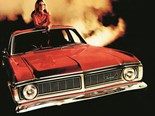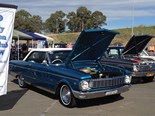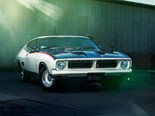Ford Falcon history – XA, XB, XC series, 1972-79
.jpg) Ford Falcon XA-XC
Ford Falcon XA-XC
.jpg)
.jpg) Ford Falcon XA-XC
Ford Falcon XA-XC
.jpg)
.jpg) Ford Falcon XA-XC
Ford Falcon XA-XC
.jpg)
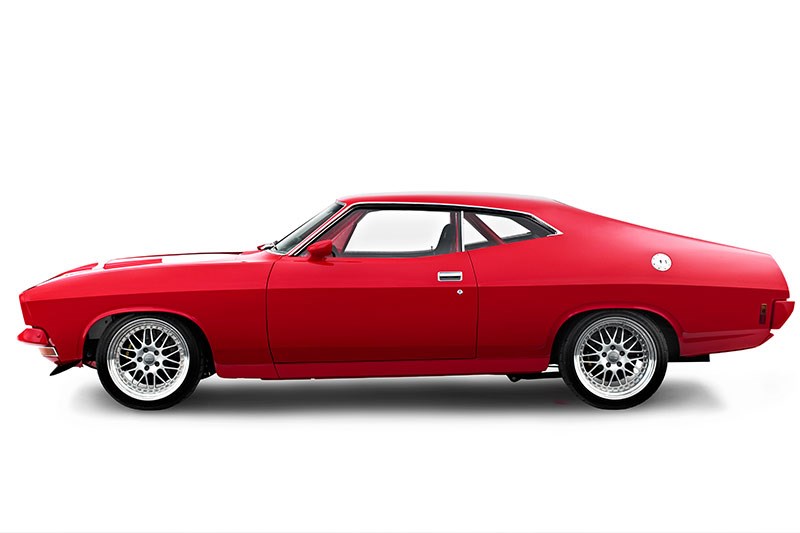

.jpg)
|
|
Ford Falcon XA-XC
|
.jpg)
|
|
Ford Falcon XA-XC
|
.jpg)
|
|
Ford Falcon XA-XC
|

|
Here's part 3 of our Falcon history - XA through to XC series. Historian, motoring author and avowed car tragic Dr John Wright unwraps the history of the Falcon, while workshop guru and ace road-tester Dave Morley give us a drive impression.
Within some eight months of each other the Big Three produced all-new models for the 1970s. While the VH Valiant was barge-like and the HQ Holden seemed at the time to be soft and European, the XA Falcon defined the middle ground: edgy, suggestive of high performance, generally sportier inside and out.
The XA was the first Australian Falcon designed almost from a clean sheet of paper. There were hints of Torino but the XA was the work of a team of Australian stylists (Jack Telnack, Brian Rossi and Allan Jackson) who flew to Dearborn to undertake this important project. The Hardtop was reintroduced, adding glamour to the range. But the beancounters vetoed the designers’ plan for a wide-track rear axle (to fill those huge rear arches) and fancy paintwork.
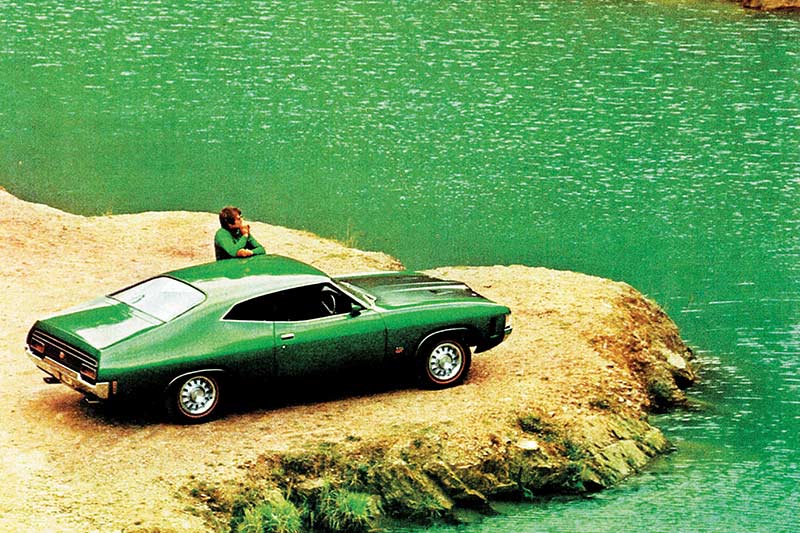
A simple illustration of how far the Falcon had come from XK days is the existence of the GT Hardtop with Mount Panorama etched in every contour.Does racing improve the breed? The superb Kelsey-Hayes ventilated front disc brakes which were introduced on the XW GT were made standard equipment across the XB range, which was introduced in late 1973. Ford Australia enjoyed a significant advantage over its rivals as far as braking systems were concerned, with the luxury LTD and Landau models being the first locally manufactured models with disc brakes all round.
XBs still made do with rear drums but with 70 to 80 per cent of braking effort on the front wheels, even the cheapest XB ute stopped pretty bloody well.
In another safety initiative, Ford Oz fitted inertia reel front belts in anticipation of a forthcoming Australian Design Rule.
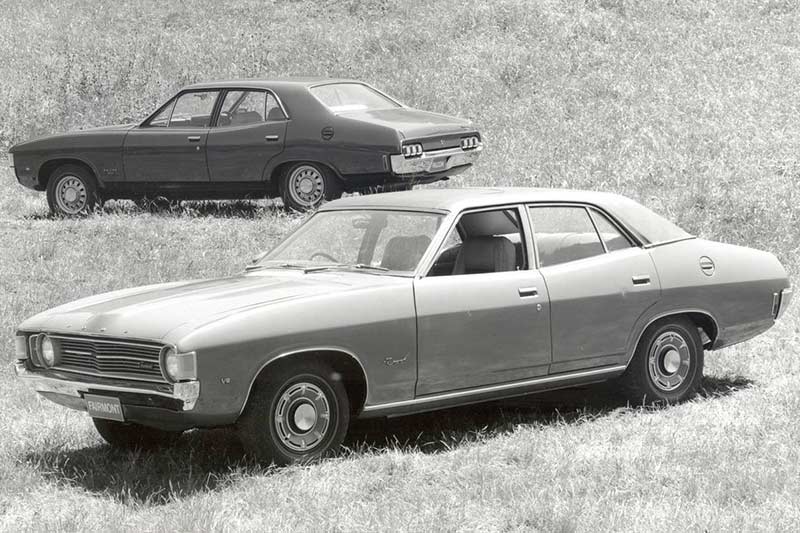
Swivelling quarter vent front windows, so beloved of smokers had by now been consigned to history by Falcon designers.
This was the XB, the Great Australian Road Car which pretty much lived up to the claim. Brian Rossi, one of the three musketeers who designed the XA, reckoned the XB expression of that theme was the best of the three. Arguably it was both smoother and more mainstream than the quite radical XA.
The XB facelift added a quiet aggression to the third generation Falcon, a theme taken further for the XC which shared its debut with the unloved ADR 27A for the new financial year 1976-77. The Falcon lost its Coke-bottle hip and this was the number one priority for the designers when they planned the facelift. This outcome was achieved by the simple expedient of fitting Fairlane rear doors. Opinions will differ but mine is that this change rather compromised the integrated look of the XA and XB with the belt line rising at the B-pillar then falling from the rear of the C-pillar, but it did provide a fresh look, albeit one that was dated before the XD was ready.
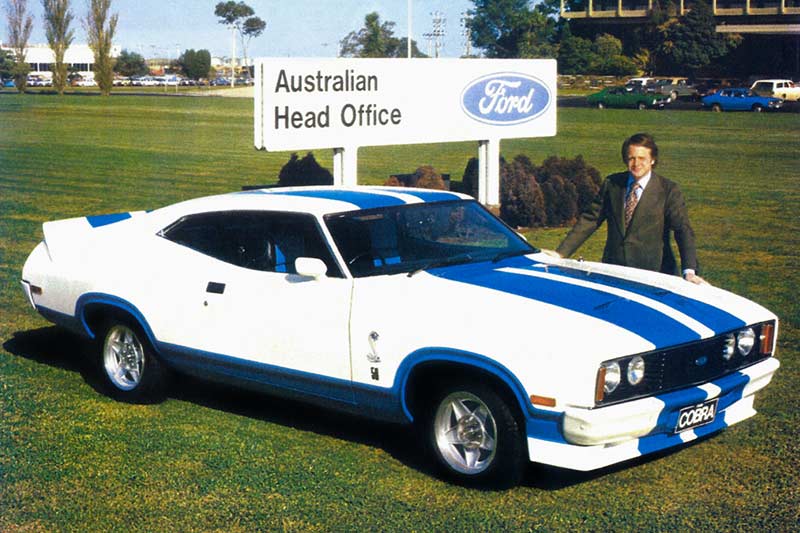
The most significant changes lay under the bonnet. New crossflow cylinder heads for the sixes enabled them to meet the cleaner air ADR27A. No big gains were made in performance but the key point here is that the more conservatively (and cheaply) modified Holden six packs lost performance. And the 4.9-litre (formerly known as the 302) gained more urge thanks to its four-barrel carburettor.
Sadly the Falcon GT had reached the end of Thunder Road. The new premium model was the Fairmont GXL which came standard with the 4.1-litre (formerly 250) six and optionally with the 4.9- and 5.8-litre V8s. The Fairmont GXL with the ‘GT Power Pak Option’ (read: 351 engine, sports suspension, etc) did its best to be the XC GT by a less confronting (to insurers and constabulary) name.
Why was there no Hardtop GXL, with the coupe variants limited to Falcon 500 and Fairmont? Probably because the writing of the Hardtop’s future was already on Ford Australia’s head office walls.
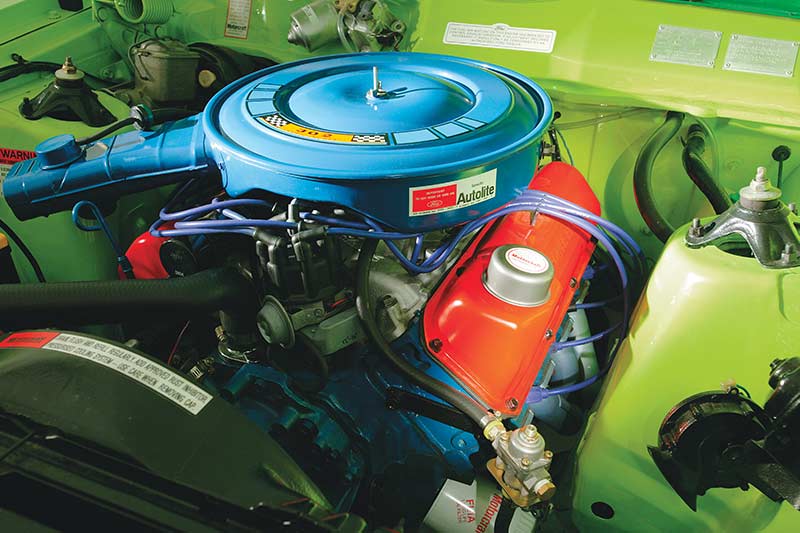
The final 400 coupe shells were used on the brilliantly conceived Cobra variant, released in August 1978. Just four months earlier the XC ‘Update’ with an answer to Holden’s vaunted ‘Radial Tuned Suspension’ – firmer suspension settings, rear anti-roll bar, steel-belted radials – had dodged real live racing drivers and hit the streets. The Blue Oval found its way into the grille centre.
This improved XC had to face a challenge not only from the HZ Holdens but also, as of November 1978, from the new Commodore. The marketing team focused on interior space which was probably the strongest reason to choose a Falcon over the smaller Commodore.
John Wright
DRIVING THEM
THE THIRD-GEN cars certainly looked a lot more modern than their forebears, but to drive them was to discover quickly that much of what looked to be progress was, in fact, window-dressing. These cars still had appallingly slow steering, even thinner steering wheels and they still bucked and rolled according to whether you were prodding at the brake pedal or the dabbing at the helm. The leaf rear springs made them feel a bit choppy, even though they were so softly sprung overall.
They could also feel like they wanted to wander around in their lane a little and any of these cars with any wear in the front end will soon feel pretty wayward. This generation could still feel like a collection of bits rather than a resolved unit, too. Hit a bump and the bonnet could shudder, for instance.
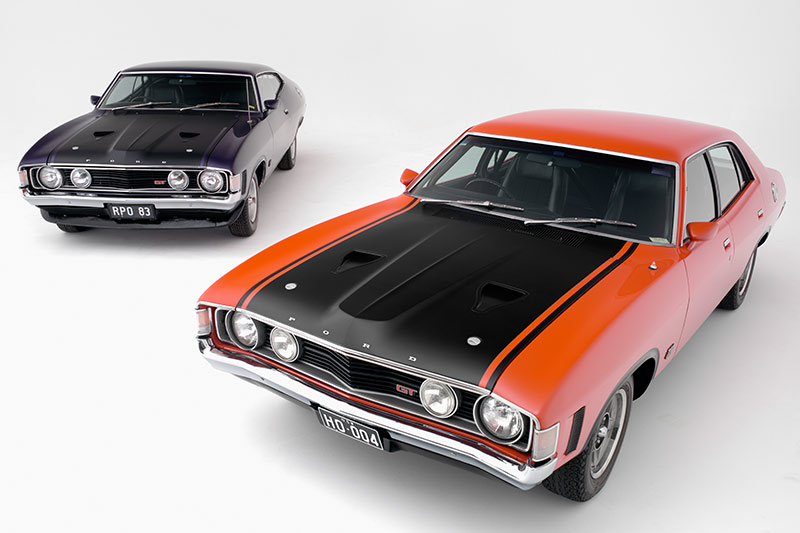
Engines, however, were still on the up and it’s easy to see why the market felt the 250 cubic-inch six was adequate and then some. The V8s, of course, were another matter although they drank like fish and, in outright terms, didn’t actually produce all that much actual performance. But torque was king back then, so an increasing number of Falcons were being ordered with the bent-eight on board.
If the XW and XY were designed to make you think you were in a light plane, the XA made it seem like a fighter jet. The wrap-around dash made the interior super cosy and, compared with Holdens of the time, the XAs, B and Cs were incredibly plush.
But the XC went against the overall trend of each model being better than the previous one, and it was all the fault of ADR27A and the dreaded pollution gear it mandated. Suddenly, the engines produced less grunt, guzzled more fuel and ran hotter than ever before. No winners there.
Dave Morley
Unique Cars magazine Value Guides
Sell your car for free right here
Get your monthly fix of news, reviews and stories on the greatest cars and minds in the automotive world.
Subscribe

.jpg)











